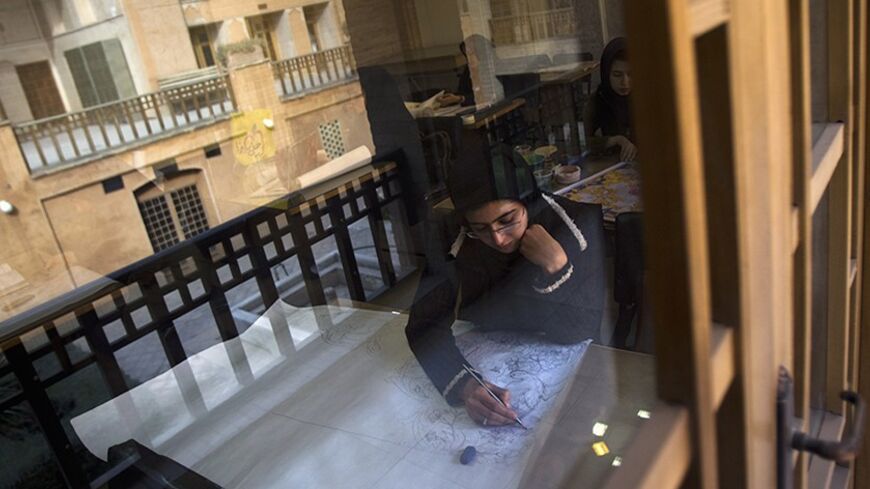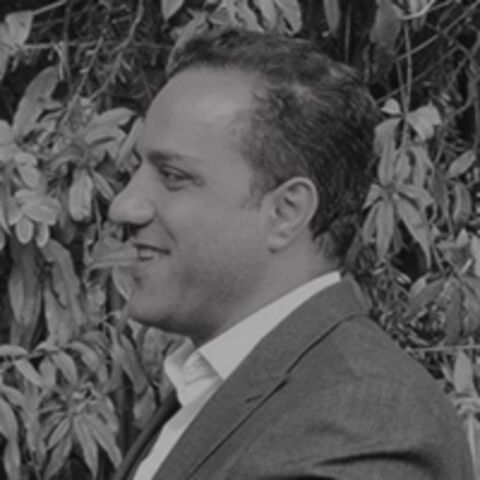TEHRAN, Iran — The Iranian president, Hassan Rouhani, had a meeting with university chancellors and heads of research and educational institutions. During this meeting, Rouhani emphasized that the quality and the quantity of education should be compatible with one another in Iranian academia. He also said that although he is proud of the increasing expansion of the post-graduate programs and the number of Ph.D. students in the country, he cannot help but worry about the quality of the education that they are receiving.
Since the early years of the Islamic revolution, there has been an attempt to expand and propagate higher education in Iran. In 1982, then-speaker of the parliament Ayatollah Hashemi Rafsanjani had unveiled plans for establishing a new university called Azad (Free) University with branches in all parts of the county, including villages.



